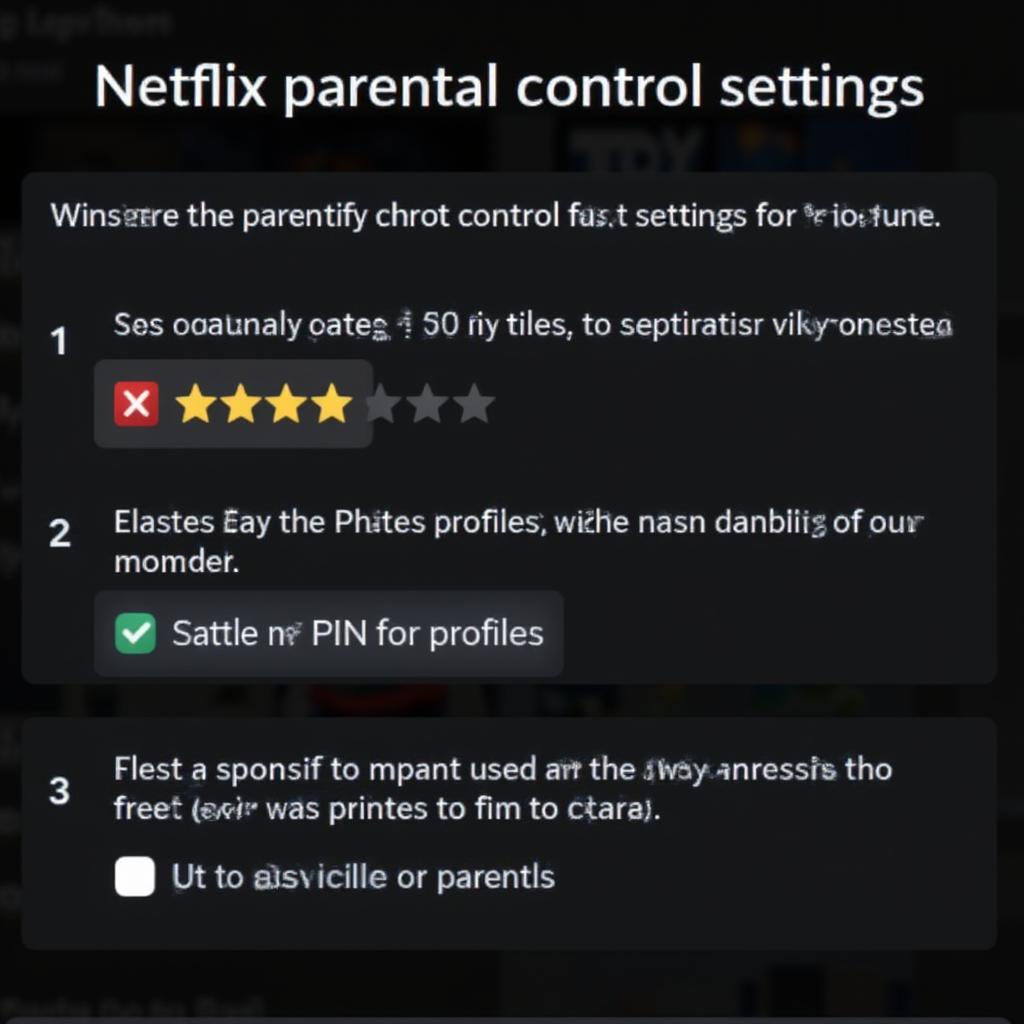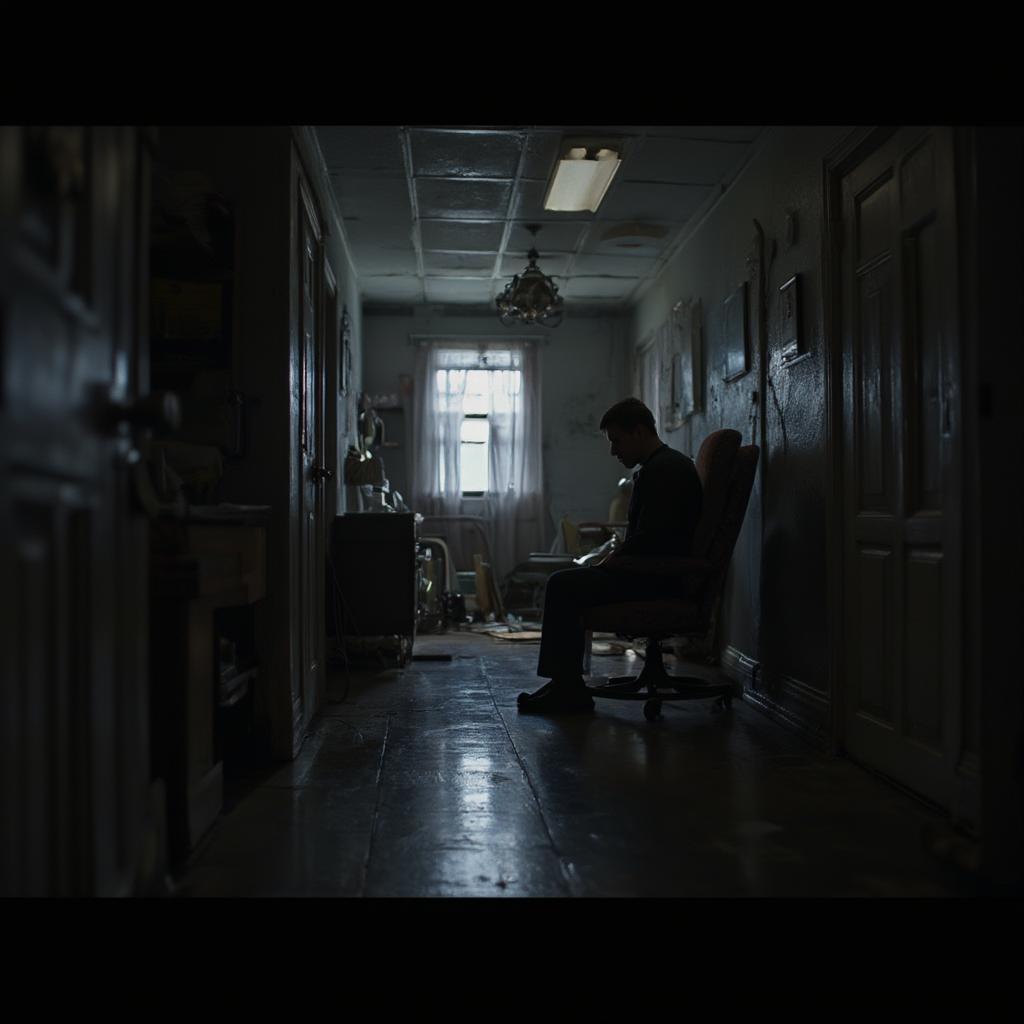Analyzing the Iconic Showgirls Scene

The “Showgirls Scene,” a term often used to refer to elaborate, visually stimulating, and often sexually suggestive performance sequences in film, offers a rich tapestry for analysis. From Busby Berkeley’s kaleidoscopic formations to the provocative choreography in Paul Verhoeven’s Showgirls, these scenes often serve as more than just entertainment; they function as complex narrative devices, revealing character, advancing plot, and exploring themes of power, desire, and societal norms. This article will delve into the intricacies of the showgirls scene, examining its historical context, cinematic techniques, and cultural impact.
The Evolution of the Showgirls Scene: From Spectacle to Subversion
The roots of the showgirls scene can be traced back to early musical theater and vaudeville. These performances, often featuring lavish costumes and synchronized movements, emphasized spectacle and escapism. Busby Berkeley’s films in the 1930s, with their geometric formations and overhead shots, exemplify this early style. Later, the showgirls scene evolved, becoming a vehicle for exploring more complex themes. Films like Cabaret and All That Jazz used the showgirls scene to comment on societal issues and the darker aspects of the entertainment industry.
The Impact of Choreography and Costuming
Choreography and costuming play vital roles in shaping the meaning of a showgirls scene. The movements, whether graceful and fluid or sharp and aggressive, can communicate a character’s inner state and the overall tone of the scene. Similarly, costumes can be used to enhance the visual spectacle, signify social status, or even subtly reveal a character’s vulnerabilities. In Moulin Rouge!, for example, the costumes are extravagant and vibrant, reflecting the bohemian atmosphere of the setting and the characters’ passionate natures.

Showgirls Scene: Exploring Power Dynamics
Often, showgirls scenes are not just about performance; they’re about power. They can depict the power dynamics between the performers and the audience, the performers and their directors, or even among the performers themselves. In Showgirls, the scenes often explore the complex and often exploitative relationships within the showgirl industry. The film uses the showgirls scene to expose the vulnerability and ambition that drive these characters, highlighting the price of fame and the struggle for control.
The Male Gaze and the Female Subject
The concept of the “male gaze” is often relevant in analyzing showgirls scenes. How are the performers presented, and for whose pleasure? Does the camera objectify them, or does it empower them? These questions are crucial for understanding the scene’s deeper meaning. Films like Chicago offer a nuanced perspective on this dynamic, portraying female characters who use their sexuality as a means of achieving their own goals.

Showgirls and Cinematic Techniques: Creating Impact
The effectiveness of a showgirls scene often hinges on the cinematic techniques employed. Lighting, camera angles, editing, and music all contribute to the overall impact. A slow, sensual camera movement can heighten the eroticism of a scene, while quick cuts and dynamic angles can create a sense of energy and excitement. The use of close-ups can draw the viewer into the character’s emotional experience, while wide shots can emphasize the scale and spectacle of the performance.
Music and Sound: Setting the Mood
Music is another essential element of the showgirls scene. It can set the mood, enhance the emotional impact, and even drive the narrative forward. The use of diegetic music, originating from within the scene, can create a sense of realism and immediacy. Non-diegetic music, added in post-production, can be used to underscore the emotional subtext of the scene.

Showgirls Scene: Reflecting Cultural Values
Showgirls scenes often reflect the cultural values and anxieties of the time in which they were created. They can offer insights into societal attitudes towards sexuality, gender roles, and the entertainment industry. By analyzing these scenes, we can gain a deeper understanding of the cultural context in which they were produced and how they continue to resonate with audiences today.
Dr. Evelyn Reed, a film historian specializing in musical cinema, notes, “The showgirls scene, often dismissed as mere spectacle, can actually be a powerful tool for social commentary. These scenes can reveal a great deal about the cultural anxieties and aspirations of a particular era.”
Professor Amelia Chen, a cultural anthropologist, adds, “The way female performers are represented in these scenes can be a barometer of societal attitudes towards women and their role in the public sphere.”
Conclusion
The “showgirls scene,” in all its diverse forms, offers a fascinating window into the world of cinema. By examining the interplay of choreography, costuming, cinematic techniques, and cultural context, we can appreciate the artistry and complexity of these scenes. Whether they are used to create breathtaking spectacle, explore complex themes, or reflect societal values, “showgirls scenes” continue to captivate audiences and provide fertile ground for analysis. Continue exploring “Welcome Shock Naue” for more in-depth analyses of cinematic techniques and their impact on storytelling.

FAQ: Showgirls Scene Analysis
- What is a showgirls scene in film? A showgirls scene generally refers to a sequence featuring elaborate performances, often involving dancing, costumes, and music.
- What is the purpose of a showgirls scene? These scenes can serve various purposes, from advancing the plot to revealing character traits or exploring societal themes.
- How does choreography contribute to a showgirls scene? Choreography conveys emotion, establishes character relationships, and contributes to the overall atmosphere of the scene.
- How does costuming impact a showgirls scene? Costumes can enhance the visual spectacle, signify social status, or reveal character traits.
- What is the “male gaze” in film analysis? The male gaze refers to the perspective of a heterosexual male viewer, often portraying female characters as objects of desire.
- How does music enhance a showgirls scene? Music sets the mood, intensifies emotions, and can even drive the narrative forward.
- How do showgirls scenes reflect cultural values? They can offer insights into societal attitudes towards sexuality, gender roles, and the entertainment industry.
- What are some key films featuring iconic showgirls scenes? Showgirls, Cabaret, Chicago, Moulin Rouge!, and All That Jazz are a few examples.
- Where can I learn more about film analysis? Websites like “Welcome Shock Naue” provide in-depth articles and resources on film analysis.




